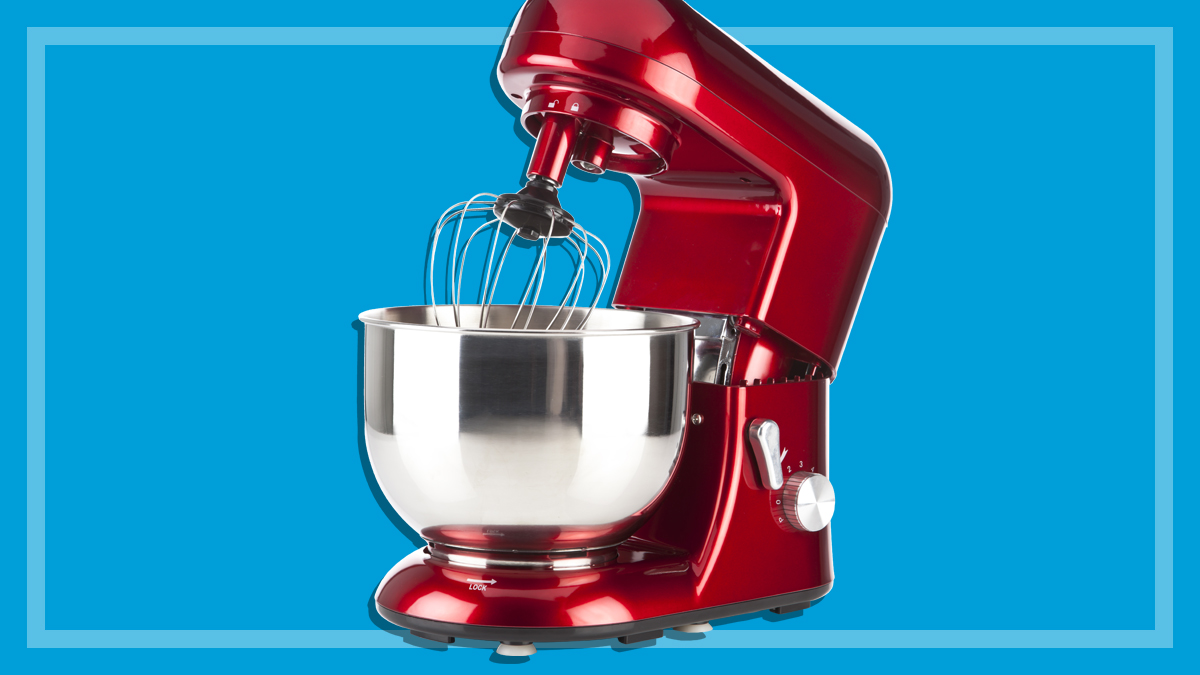Get our independent lab tests, expert reviews and honest advice.
How we test food processors

A food processor is a versatile kitchen appliance that can help make light work of time-consuming cooking tasks. Need to chop, slice, dice, shred, grate, zest, mash, puree, mix, knead, grind or emulsify ingredients for that last minute meal you’re preparing? This is where a food processor can really shine and help you get that meal out in no time. You can even buy one with a citrus press or juice extractor for juicing or a blender attachment for blending smoothies and crushing ice.
On this page:
Our expert testers
Our home economist Fiona Mair is a whiz in the kitchen and can tell you which food processors are easiest to use and which will get the job done best.
With over 30 years of experience, Fiona has endless knowledge about kitchen appliances and has seen lots of new technology enter the market. Along with our test coordinator Chantelle Dart, Fiona knows how to test any kitchen gadget to see if it’s worthy of a spot in your home.
How we choose what we test
With such a wide a range available, what makes us choose one food processor to test over another? As with most of our product testing, our aim is to test the most popular models on the market and what you’re most likely to see in stores.
We survey manufacturers to find out about their range of models, we check market sales information and we also check for any member requests to test specific models. From here we put together a final list that goes to our buyers. They then head out to the retailers and buy each product, just as a regular consumer would. We do this so we can be sure the products we get are the same as any consumer would find them and not ‘tweaked’ in any way for better performance.
How we test food processors
We assign all food processors we test a CHOICE Expert Rating (or overall score) which is made up of performance (60%) and ease of use (40%).
Performance
We test food processors of varying capacities. Larger, full-size food processors are capable of many more tasks than compact mini food processors (also known as ‘food choppers’).
Fiona tests large food processors by:
- Slicing a hard food She slices carrots using the coarse slicing blade
- Crumbing She chops breadcrumbs using the processor blade
- Shredding a firm food She shreds cheese using the coarse grating/shredding blade
- Making shortcrust pastry She kneads shortcrust pastry using the dough blade
- Emulsifying mayonnaise using the whisk attachment or processor blade.
For models that come with a blender attachment she blends a soft frozen smoothie, crushes ice, chops carrots and blends kale. This is scored, but does not form part of the CHOICE Expert Rating. Not all models have been subjected to this extra blender testing, so not all have a blender score.
When we test mini food processors we:
- make Thai red curry paste
- make pesto
- emulsify mayonnaise
- chop breadcrumbs.
Ease of use
Fiona assesses how easy it is to use the controls, read the labels, lock and release the bowls and attachments, store the unit with accessories, and clean. She also considers the stability of the unit when in use.
Weight
We weigh each blender how it would be stored and assign a label ranging from ‘Very lightweight’ to ‘Very heavy’. Measurements are rounded to the nearest gram.
- Very heavy: above 5kg
- Heavy: 4–5kg
- Fairly heavy: 3–4kg
- Lightweight: 2–3kg
- Very lightweight: 1–2kg
Noise (dB)
We measure the noise created by each machine when processing breadcrumbs. Remember that the noise can increase or decrease based on what’s being processed. We use the highest setting (where applicable) on each food processor. Readings over 70dB are considered noisy, while readings over 80dB are considered very noisy.
Our test lab
We maintain a kitchen lab that is up to date with the latest reference machines and calibrated measurement tools so our testers can bring you accurate and thorough results. Learn more about testing and research at CHOICE.






